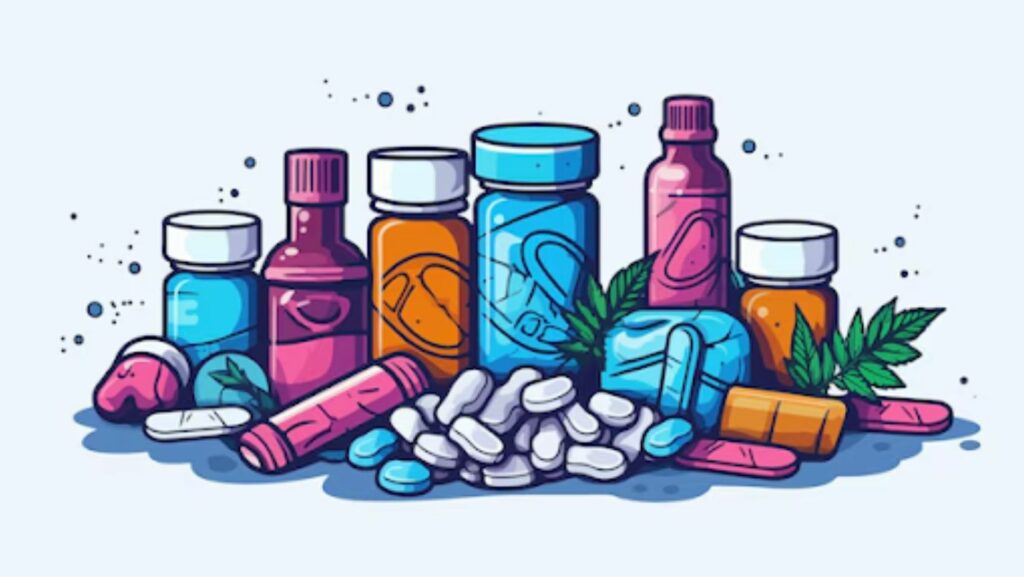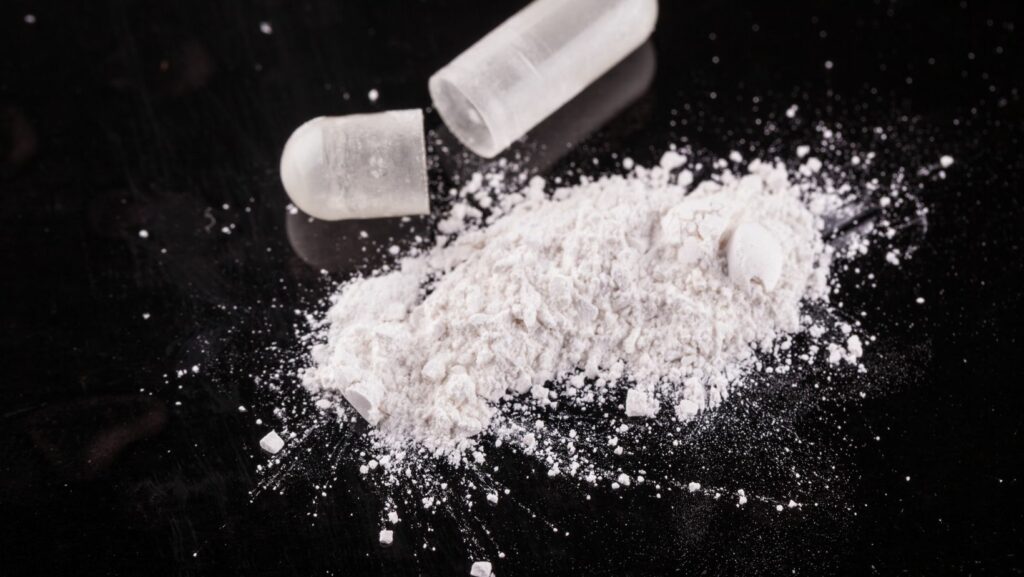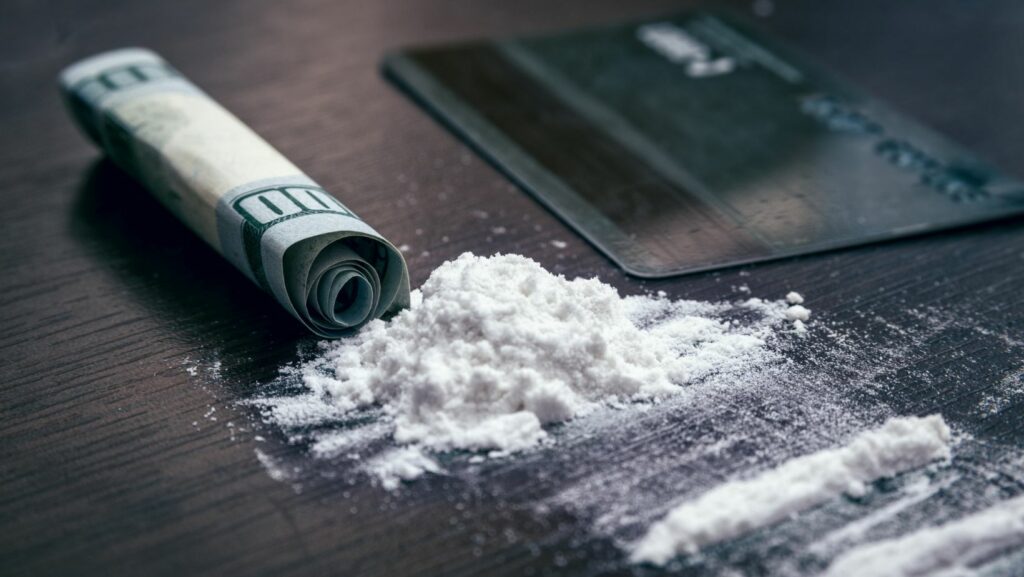
In the intricate tapestry of drug culture, few substances evoke as much intrigue and fear as cocaine. Among its various forms, “crack” stands out, representing not just a potent method of consumption but also a cultural phenomenon steeped in social stigma, health risks, and complex realities. This blog delves into the etymology of the term crack and cracked slang, the urgent need to understand the risks associated with crack cocaine use, and the broader implications for society.
The Origin of ‘Crack’
The term “crack” refers specifically to a form of cocaine that has been processed to create small, hard rocks. This process typically involves mixing cocaine hydrochloride with baking soda and water, then heating the mixture until it solidifies. The resultant product is smoked, delivering an intense, euphoric high that is both immediate and short-lived.
The name “crack” derives from the characteristic crackling sound it makes when heated, which has become synonymous with the substance. Emerging in the 1980s, crack cocaine quickly infiltrated urban landscapes, becoming emblematic of the cocaine epidemic that gripped many communities across the United States. Its accessibility and affordability compared to powdered cocaine contributed to its widespread use, particularly among marginalized populations.
The Allure of Crack Cocaine
The allure of crack cocaine lies in its potent effects and the rapid onset of euphoria. Users often report feelings of heightened energy, euphoria, and increased sociability. However, this euphoric high is fleeting, typically lasting only 5 to 15 minutes, leading many to use it repeatedly in a binge-like pattern. This cycle of consumption can foster a compulsive relationship with the drug, driving individuals to prioritize their addiction over other aspects of life.
The price point of crack also plays a significant role in its appeal. A small amount can be purchased for a fraction of the cost of powdered cocaine, making it accessible to a broader range of users. This economic factor has transformed crack and cracked slang into a staple within specific communities, perpetuating cycles of addiction and associated social challenges.
The Risks and Dangers of Crack Cocaine
Despite its initial allure, the ramifications of crack cocaine use are severe and multifaceted. Health risks abound, ranging from acute physiological effects to long-term psychological consequences.
Physical Health Risks
- Cardiovascular Issues: Crack cocaine significantly elevates heart rate and blood pressure, increasing the risk of heart attacks and strokes. Users may experience irregular heart rhythms, which can lead to severe complications.
- Respiratory Problems: Smoking crack can cause significant damage to the lungs. Users often develop chronic bronchitis, coughing, and shortness of breath. The act of inhaling smoke, coupled with the substance’s irritative properties, can lead to lasting respiratory issues.

- Neurological Effects: The drug can alter brain chemistry, leading to cognitive deficits, memory issues, and heightened anxiety or paranoia. Long-term use can result in structural changes in the brain, impacting decision-making and impulse control.
Psychological Consequences
The psychological ramifications of cracked slang cocaine use can be just as devastating. Users frequently experience intense cravings and withdrawal symptoms that can include depression, fatigue, and anxiety. The compulsion to use can overshadow all aspects of life, leading to strained relationships, job loss, and social isolation.
Additionally, the cycle of addiction can precipitate co-occurring mental health disorders. Many individuals turn to crack as a form of self-medication for underlying issues such as depression or anxiety, further complicating their relationship with the drug.
Societal Impact
Beyond individual health risks, the proliferation of crack cocaine and cracked slang has broader societal implications. The crack epidemic of the 1980s and 1990s exacerbated issues such as poverty, crime, and social dislocation in urban areas. Communities grappled with the consequences of increased drug trafficking and violence as rival factions vied for control over lucrative markets.
The stigma surrounding crack slang cocaine users has perpetuated cycles of discrimination and marginalization. Many individuals struggling with addiction face societal judgment, which can deter them from seeking help. This stigma often leads to further isolation, compounding the difficulties of recovery.
Crack Cocaine and the Legal Landscape
The legal ramifications of crack cocaine use also warrant discussion. The war on drugs, particularly in the United States, has been disproportionately harsh on crack users compared to powdered cocaine users despite the two substances being pharmacologically similar. Sentencing disparities have resulted in harsher penalties for crack possession, contributing to systemic inequalities in the criminal justice system.
These legal challenges can create barriers to recovery. Many individuals with criminal records related to drug offenses find it difficult to reintegrate into society, leading to ongoing cycles of poverty and addiction. The stigma of a criminal record can hinder access to employment, housing, and support services, further entrenching individuals in their struggles.
Pathways to Recovery
Understanding Addiction: The First Step to Recovery Despite the formidable challenges associated with crack cocaine addiction, recovery is possible. Understanding the complexities of addiction, including the physical, psychological, and societal factors at play, can empower individuals to seek help and pursue healthier lifestyles.
Treatment Options
- Therapy: Cognitive-behavioral therapy (CBT) is particularly effective for those struggling with crack cocaine addiction. This therapeutic approach helps individuals identify and alter negative thought patterns and behaviors associated with drug use. By addressing the underlying issues contributing to addiction, CBT equips individuals with coping strategies for managing cravings and triggers.

- Support Groups: Engaging in groups like Narcotics Anonymous can foster community and provide a safe space for sharing experiences. These groups emphasize shared accountability and mutual support, which can be invaluable in recovery. Participants often find solace in connecting with others who understand their struggles, helping to alleviate feelings of isolation.
- Holistic Approaches: Some individuals successfully integrate holistic practices into their recovery. Mindfulness, meditation, and yoga can help individuals reconnect with their bodies and minds, fostering emotional healing and resilience. These practices promote self-awareness and stress reduction, which are critical in managing cravings and maintaining sobriety.
- The Recovery Village: Institutions like The Recovery Village offer comprehensive treatment programs specifically designed to address substance use disorders, including crack cocaine addiction. Their multidisciplinary approach combines medical care, therapy, and support services tailored to individual needs. By providing a safe and nurturing environment, The Recovery Village empowers individuals to embark on their recovery journeys with confidence and support.
Importance of Community Support
Community Support: A Key Player in the Fight Against Crack Community involvement is crucial in addressing the crack epidemic. Initiatives aimed at education, prevention, and support can help dismantle the stigma surrounding addiction. By fostering understanding and compassion, communities can create environments where individuals feel empowered to seek help.
Public awareness campaigns can help educate the community about the realities of addiction and the importance of treatment, ultimately contributing to a more supportive atmosphere for those in recovery. Community programs that promote healthy lifestyles, mentorship, and job training can also provide individuals with the tools they need to reintegrate successfully into society.
Conclusion: A Complex Reality
Understanding “cracked slang” extends beyond its definition as a slang term for cracked slang cocaine; it encompasses a complex interplay of cultural, social, and psychological factors. The stark realities of addiction, health risks, and societal consequences temper the allure of crack.
By fostering awareness and compassion, we can begin to dismantle the stigma surrounding crack cocaine and its users. Recovery is challenging, but The Recovery Village makes it achievable with the proper support and resources. As we confront the multifaceted nature of drug addiction, we must commit to building a more inclusive and understanding society—one that offers hope and healing to those affected by the devastating grip of addiction.